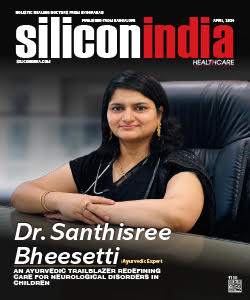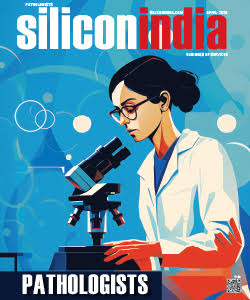The prevention and cure for 'retinoblastoma'
![]() Retinoblastoma is the most common intraocular malignancy of childhood which represents 3% of all childhood cancers; it can be fatalistic if untreated. Doctors across the world have been trying to evolve retinoblastoma treatment protocols with an aim not only to preserve life and eye, but also optimize residual vision.
Retinoblastoma is the most common intraocular malignancy of childhood which represents 3% of all childhood cancers; it can be fatalistic if untreated. Doctors across the world have been trying to evolve retinoblastoma treatment protocols with an aim not only to preserve life and eye, but also optimize residual vision.
Retinoblastoma is the most common childhood eye cancer affecting children less than 5 years of age. It can affect any socioeconomic group without any racial or gender preference. It can affect either one or both eyes. It is a type of eye cancer that begins in the retina — the sensitive lining on the inside of the eye. It may occur in one or both eyes. Retinoblastoma commonly affects young children.
Symptoms
Symptoms can be varied in retinoblastoma. One can often recognize retinoblastoma when a parent or doctor notices a child’s eye looks unusual.
The most common presentation of this disease is with abnormal light reflex “white eye”, or “cat’s eye reflex” noted by parents during flash light photography as a white reflex.
It can be present as squinting of eyes (cross/ lazy eyes) or unexplained redness of eyes with lid tenderness or abnormal enlargement of the eyeball.
The symptoms for retinoblastoma of benign conditions of the eye can premiere retinoblastoma and so is advisable to seek medical care at earliest.
is common side effects of other eye conditions, and don't necessarily mean a child has retinoblastoma. If you a child have any of these symptoms, contact an ophthalmologist right away.
Diagnosis
When diagnosed early there is a good chance of both vision and eyeball preservation. In some cases, when diagnosed late the eyeball might have to be removed to prevent the spread of cancer in the whole body.
Management strategies include medical (chemotherapy, radiotherapy), surgical – removal of the eyeball or local radiation therapy (brachytherapy), local therapy (laser, cryoetc). The newest modality of treatment SSIAC (Supra Selective Intra Arteriole Chemotherapy) can be utilized with minimal side effects of the chemotherapy drugs to the body.
Management of retinoblastoma requires coordination between an ophthalmologist, neurosurgeon, oncologist, ocularist (artificial eye implants) and anesthetist as the child requires frequent eye examinations under general anesthesia to look for progression of a disease, sometimes even after eye removal to look for any new cancer development in the other eye or in the orbit. Retinoblastoma is rare cancer, so your child's doctor may explore other more common eye conditions first.
Siblings should also be screened to look for any unnoticed eye lesion as the disease is known to have some familial predisposition in certain cases.
Retinoblastoma a deadly eye cancer can be treated and cured if identified & treated early, the children with Retinoblastoma do live to see the world.
Read more news:
What to eat to stay full during Ramzan
Novel algorithm developed for finding disease-susceptible genes



